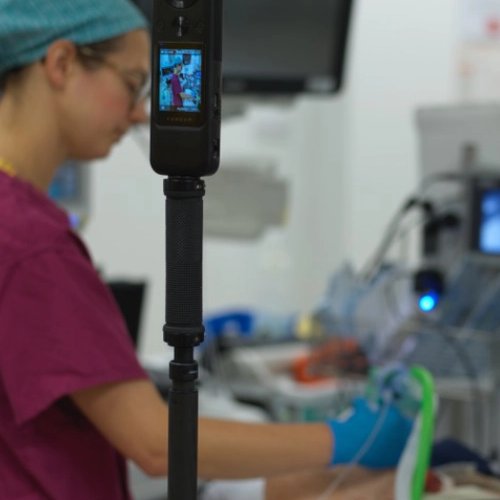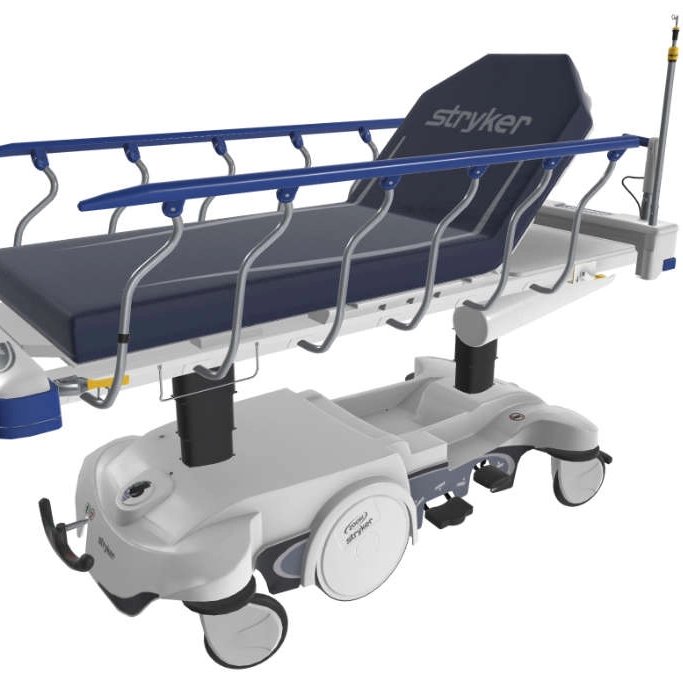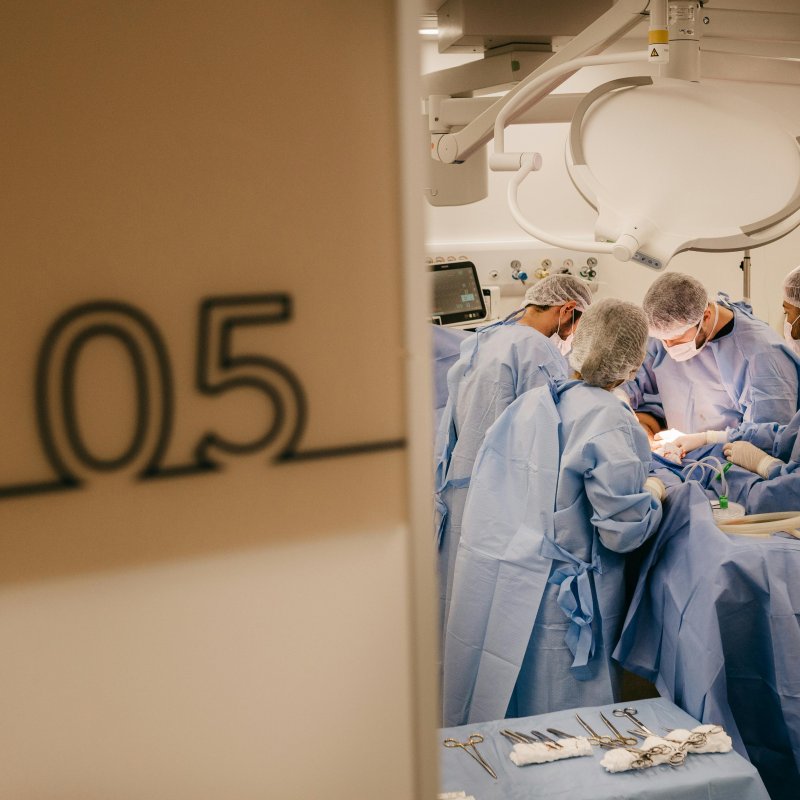Contact Us
+44 20 32897141 / 1 Pickle Mews, London, SW9 0FJ
How Surgery VR can Support the Growing Demand for Orthopaedic Procedures
Published
Feb 04, 2025
Tags
Surgery VR could play a huge role in easing the pressure on trauma and orthopaedic waitlists, as our Medical Director, Jonny Abbas, explores.
2025 started with Sir Keir Starmer revealing his government’s plan to reduce hospital waiting lists in England, which currently stands at 7.5 million. He outlined:
- Greater use of the private sector
- More NHS hubs set up in community locations
- More choice for patients over where they’re treated
It's promising news for those waiting for trauma and orthopaedic (T&O) procedures, where the wait is one of the biggest. What’s also promising is the role surgical virtual reality (VR) training can play in easing the pressure for T&O operations.
Why Orthopaedics Demand is Surging
Both in the UK and worldwide, the ageing population is the largest contributor to the orthopaedic surgery pressures. As we get older, our joints break down more easily as muscles lose their elasticity and become rigid. Arthritis, a degenerative condition which affects joints, is more likely to progress. The elderly are also susceptible to brittle bones, meaning they’re more likely to experience pain and stiffness during movement.
Though these symptoms and conditions are to be expected with age, many elderly people are counteracting them by keeping active. We're seeing higher rates of older people taking part in sports and/or exercise, with weight and resistance training found to avert muscle mass reduction and lower the risk of falls (and consequent broken bones).
But not all elderly people can access, or have the mobility to, exercise, meaning susceptibility to orthopaedic injuries or breaks remains.
UK Hip Arthroplasty
In 2023, just short of 100,000 people underwent a hip arthroplasty (replacement) in the UK. It's a standard procedure more prevalent among older patients and takes, on average, 90 minutes to carry out a routine double hip replacement. The latest figures show the wait time for this operation is around 128 days, a 47% increase since before the Covid-19 pandemic.
The Röttinger Approach to Hip Replacements
Yet London’s Cromwell Hospital is now offering an alternative approach to hip arthroplasties. The Röttinger Approach (also known as ‘Rapid Recovery’) promises patients a faster discharge from hospital with less complications. 80% are walking within two hours and 95% are out the hospital the very next day thanks to the anterolateral approach.
That's partly because of the surgery’s minimally invasive nature. Surgeons cut just 5-6cm of skin and a thin layer of tissue before entering through the gap between the tensor fasciae latae and gluteus medius. Muscles, surrounding soft tissue, and nerves are protected, and the hip joint is revealed in less than a minute.
Innovation within Orthopaedic Medical Devices
Heading west, and October 2024 saw the Royal United Hospital, Bath, used the drill guidance system (DGS) for the very first time. Described as a 'groundbreaking' medical device, the bone-drilling kit improves the accuracy of boring screw holes into bones. Developed in collaboration with the University of Bath, the DGS means surgeons have the added benefits of an indicator and drill-mounted camera to help them guide the tool in the right direction.
Dr Ioannis Georgilas, from the university's Department of Medical Engineering, has said the device ‘represents a significant advancement in medical device development’. With its use, there’s less need to carry out x-rays during surgeries to check accuracy, and there’s reduced risk of infection and bone and soft tissue damage for the patient.
How Surgery VR Benefits Orthopaedics
Both advances in orthopaedic medicine and devices are signs of the intelligent innovations heading into this area of surgery. They promise improved patient outcomes with speed and accuracy for surgeons, which could go some way in reducing the orthopaedic backlog. Yet capacity and time to train surgical teams to successfully roll out the Röttinger Approach and DGS UK-wide is one of the core barriers standing in the way.
Until you consider surgery VR, that is.
What is Surgery VR?
If you were to film and distribute the so-called Rapid Recovery approach to practising surgeons, you can introduce them to the concept – but granular details or chance to practice are likely to be relatively limited. Adding virtual reality elements, however, and the film becomes an immersive experience.
Surgeons could watch and interact with the procedure, plus the medical equipment, tools, and devices. They could view the VR operation in the context of the theatre and with the wider surgical team, before breaking down the operation into detailed but manageable steps for practice and refinement.
The more orthopaedic specialists we can train using surgery VR, the more procedures that can be carried out, the faster patients can recover, the smaller the backlog gets (and so on). In the same way, the DSG’s success could be replicated nationwide, rather than only Bath. Surgery VR isn’t limited to the literal procedure – it accounts for the medical technologies (MedTechs) and devices used throughout, too.
From MedTech prep and hygiene to assembly and use, educational VR experiences could be introducing the DSG to surgical teams up and down the country. Where VR headsets and hand controllers are accessible, professionals could virtually ‘interact’ with the drill, too, within the context of a VR operation. Their dexterity for the unique device can develop without risk to patients, allowing the surgeon to repeat and hone the specific skills required to operate the tool. If and when the DGS (or similar) is implemented in their hospital, they’ll already have the knowledge and muscle memory to use the device, saving precious time.
VR Operation Collections from ExR
It remains to be seen if our suggestion will reach Sir Kier. In the meantime, our surgery VR films are used by thousands of NHS and private healthcare professionals to enhance their knowledge of surgeries. If you’ve got an NHS email address, you can log in for free and benefit from education on procedures like a total knee replacement. This particular VR operation is broken down into different steps, including:
- Bone lever placement
- Jig placement
- Femoral drill, sizing, cutting, notch cut and tibial prep
Click here to log in and get started.
Don't have an NHS email address? Contact our team to find out how you can start immersing yourself in surgery VR films from ExR Education.
Most recent posts
Like what you read?
Please get in touch with us.



